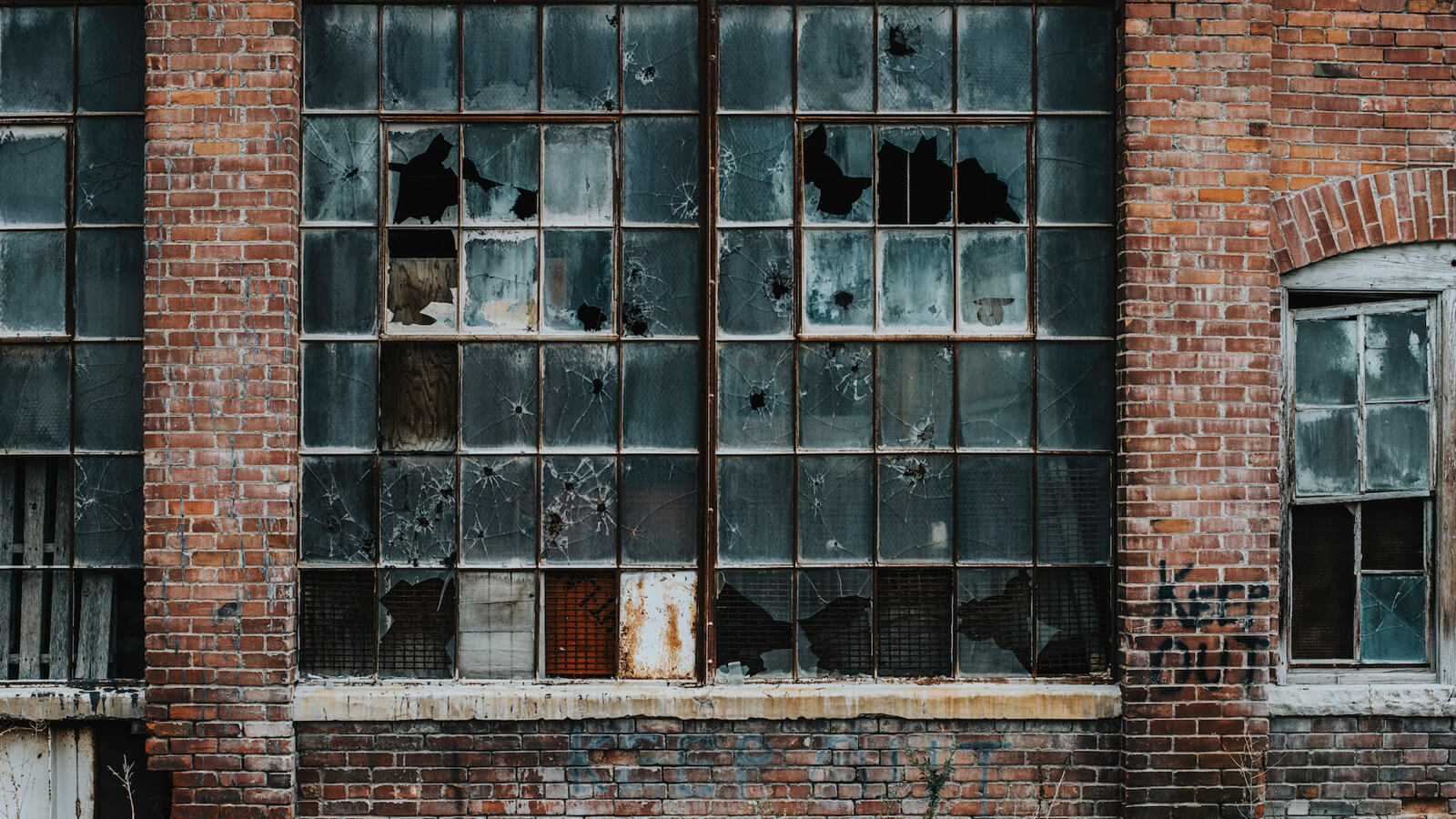
Why should old windows be recycled?
Windows are made of several different materials. The main material for the glass, which is excellent for recycling. However, it needs to be properly processed to be recycled. Often, the dismantling is done by individuals who are not very environmentally conscious, resulting in much of the glass simply ending up in landfills. The situation is somewhat different for the frames. These are typically made of two materials: wood or PVC. Currently, it is estimated that nearly 80% of windows are made of PVC, which is excellent for recycling. PVC windows not only consist of the plastic itself but also a metal structure, providing adequate rigidity and durability. There are still handles, hinges, and fittings to consider—preferably, these should be removed, although modern recycling facilities can handle them as well. Therefore, it can be seen that PVC windows are almost entirely suitable for reprocessing. This has dual significance. Firstly, they won't be adding to waste heaps, further polluting our planet. Additionally, the materials from such windows can be reclaimed and reused, either in the production of new windows or for other purposes. There is also a growing trend of windows being removed intact during replacements and then sold to new owners.
How does it work?
The recycling of PVC windows involves several stages. When full frames with glass are subjected to this process, the first step is to separate the glass from the rest. Then, the frames and shutters are shredded in special mills to obtain what is known as coarse fraction. After shredding, the first stage of separation occurs, which involves capturing metal scraps using strong magnets. However, this method only captures elements made of ordinary steel; unfortunately, stainless steel, which is also used in window production, is not attracted by regular magnets. Therefore, in the second stage, the recycled material passes through HISC and SSSC magnetic separators. In these, pulleys with magnetic heads capture and separate weakly magnetic materials. However, after these two stages, some metal elements may still remain, so it is necessary to check everything using a metal detector and remove what it detects. Once the removal of metal elements is completed, PVC powder remains, which can be reused. This material can be recycled and reprocessed multiple times without affecting the quality and durability of the resulting elements.
Source:
Tags:
poniedziałek 2020-03-02T18:00:00

